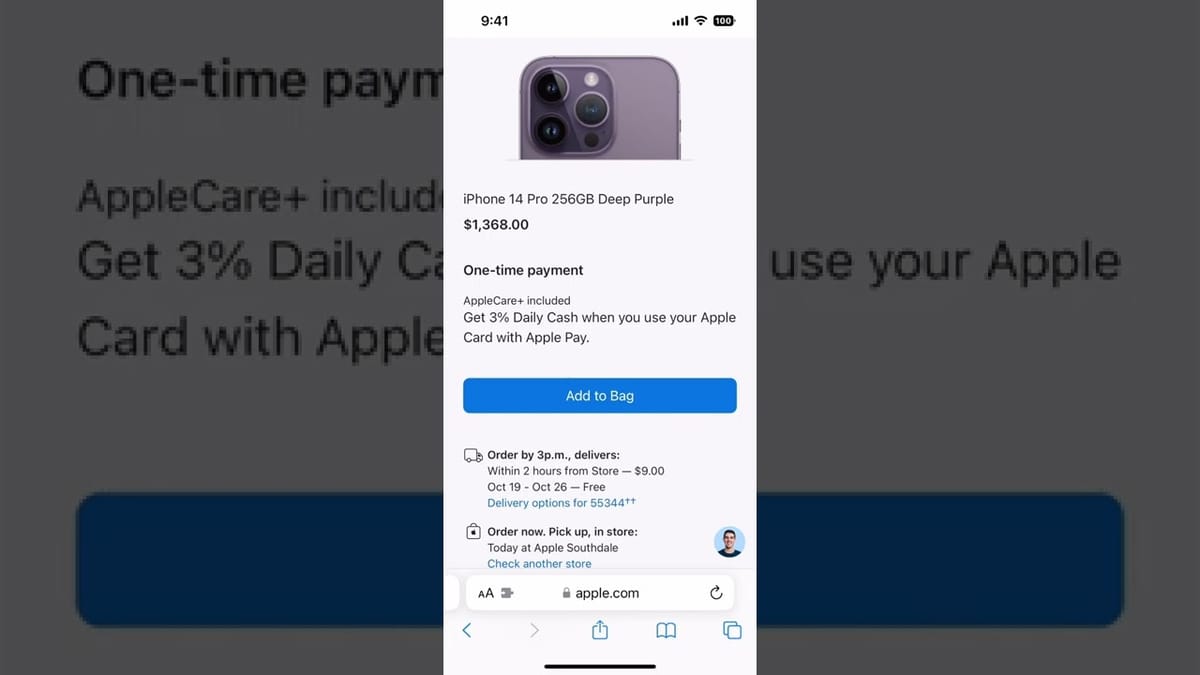Bump offer vs. Upsell - What's the difference?
Learn the key differences between bump offers and upsells, and discover how to leverage both strategies to boost your e-commerce revenue

Introduction
As an e-commerce business owner, you’ve likely heard about bump offers and upsells as effective strategies to boost your sales and revenue. But what exactly are they, and how do they differ from each other? In this comprehensive guide, we’ll dive deep into the world of bump offers and upsells, exploring their unique characteristics, benefits, and best practices. By the end of this article, you’ll have a clear understanding of how to leverage these powerful techniques to take your e-commerce business to the next level.
What is a bump offer?
A bump offer is a small, irresistible offer presented to customers during the checkout process. It’s designed to encourage impulse purchases and increase the average order value.
Key characteristics of a bump offer
- Low-priced item complementary to the main product
- One-click addition to the order
- Placed strategically on the checkout page
- Creates a sense of urgency and scarcity
Benefits of using bump offers
- Increases average order value
- Boosts revenue without increasing traffic
- Enhances the customer experience by offering relevant products
- Requires minimal effort from the customer
What is an upsell?
An upsell is a marketing technique that involves offering customers a higher-priced, premium version of the product they’re interested in or a related product that complements their purchase.
Key characteristics of an upsell
- Offers a superior version of the main product
- Provides additional features, benefits, or value
- Presented after the initial purchase decision
- Requires a separate decision from the customer
Benefits of using upsells
- Increases customer lifetime value
- Maximizes revenue per customer
- Encourages customers to explore premium offerings
- Enhances brand perception and loyalty
Differences between bump offers and upsells
While both bump offers and upsells aim to increase sales and revenue, they have distinct differences in terms of their placement, pricing, and customer decision-making process.
Placement and timing
- Bump offers appear during the checkout process
- Upsells are presented after the initial purchase decision
Pricing and perceived value
- Bump offers are low-priced impulse purchases
- Upsells are higher-priced premium offerings
Customer decision-making process
- Bump offers require a simple one-click addition
- Upsells involve a separate, considered decision
Best practices for implementing bump offers
To maximize the effectiveness of your bump offers, consider the following best practices:
- Choose products that complement the main offer
- Keep the price low to encourage impulse purchases
- Use scarcity and urgency tactics to drive action
- Place the offer prominently on the checkout page
- Test different products, prices, and placements to optimize performance
Tools for creating bump offers
- CartFlows: A powerful WordPress plugin for creating high-converting sales funnels and checkout pages with bump offer functionality.
- ThriveCart: An all-in-one shopping cart solution that allows you to easily add bump offers and upsells to your checkout process.
- WooFunnels: A comprehensive funnel builder for WooCommerce that enables you to create optimized checkout pages with bump offers and upsells.
Best practices for implementing upsells
To create successful upsells that drive revenue and customer satisfaction, follow these best practices:
- Offer genuinely valuable upgrades or complementary products
- Ensure a smooth and logical transition from the main product
- Highlight the additional benefits and features of the upsell
- Use social proof and testimonials to build trust
- Provide a clear and compelling call-to-action
Tools for creating upsells
- CartFlows: Easily create post-purchase upsell pages and funnels to maximize your revenue potential.
- ThriveCart: Seamlessly integrate upsells into your checkout process and create high-converting sales funnels.
- WooFunnels: Design and implement upsell offers that perfectly complement your main products and boost your average order value.
Key Takeaways
- Bump offers are low-priced, impulse purchases presented during the checkout process, while upsells are higher-priced, premium offerings presented after the initial purchase decision.
- Both strategies aim to increase sales and revenue, but they differ in terms of placement, pricing, and customer decision-making process.
- Effective bump offers should complement the main product, be low-priced, and create a sense of urgency and scarcity.
- Successful upsells should provide genuine value, highlight additional benefits, and use social proof to build trust.
- Tools like CartFlows, ThriveCart, and WooFunnels can help you easily implement bump offers and upsells in your e-commerce store.
By understanding the differences between bump offers and upsells and implementing best practices for each strategy, you can significantly boost your e-commerce sales and revenue. Experiment with different products, prices, and placements to find the optimal combination for your business and target audience. With the right approach and tools, you’ll be well on your way to creating a thriving and profitable online store.




